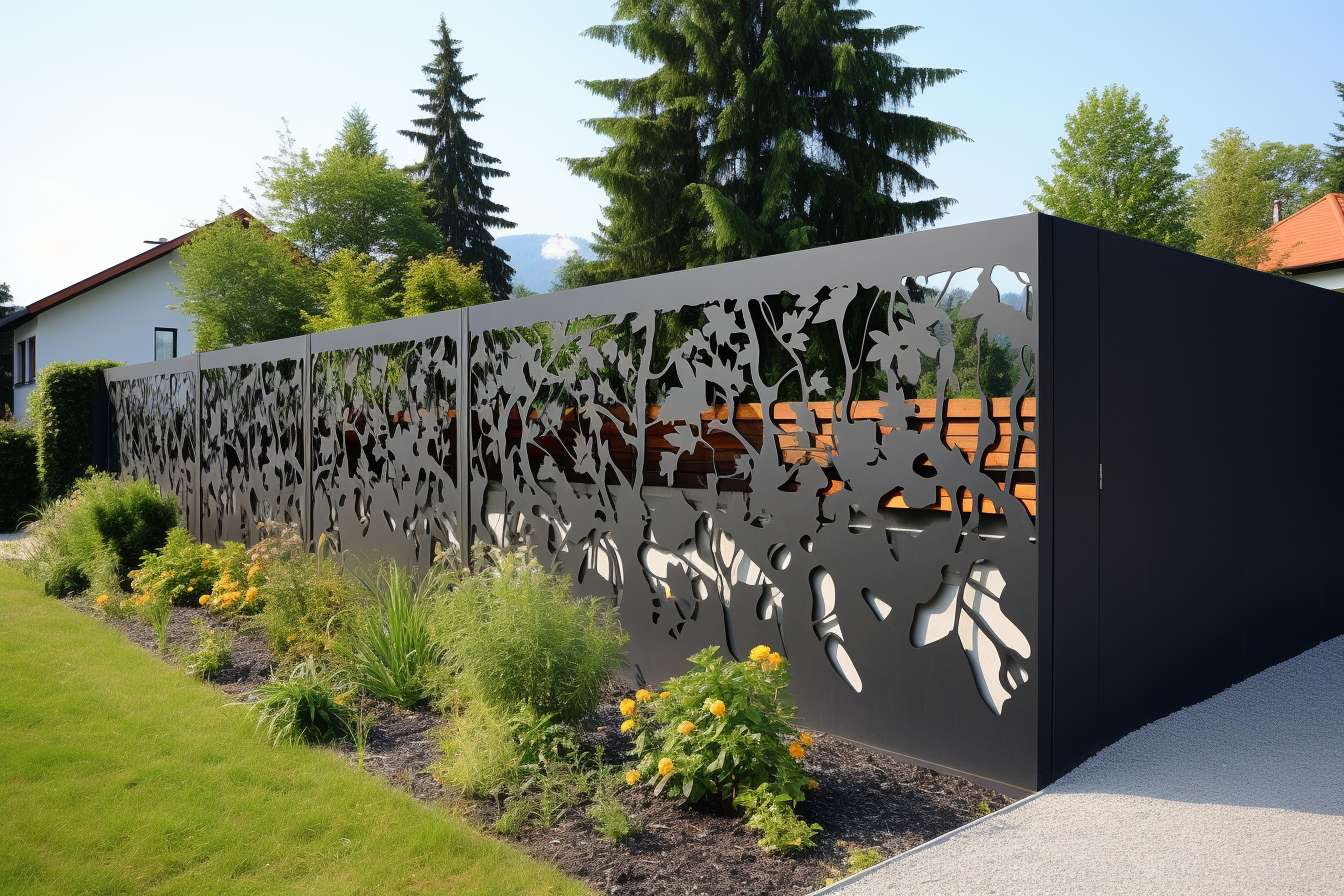Gates: Design, Function, Automation, and Privacy
Gates are both practical fixtures and design elements that define boundaries, control access, and shape first impressions. From simple farm gates to elaborate entry systems, they serve physical, aesthetic, and regulatory purposes. Modern discussions around gates increasingly touch on trends in materials and finishes, integration with smart systems, landscape compatibility, and how they balance visibility with privacy in residential and commercial settings.

How are gates following current trends?
Gate design reflects shifts in materials, construction methods, and consumer priorities. Recent trends emphasize low-maintenance materials like powder-coated aluminum and composite wood, slimmer profiles that reduce visual weight, and finishes that patinate gracefully. There is also growing interest in modular and prefabricated gate systems that speed installation and reduce on-site waste. These trends respond to environmental concerns, supply-chain realities, and homeowner demand for durable, long-lasting solutions.
How does gate aesthetic affect a property?
Gate aesthetic plays a large role in curb appeal and perceived value. A well-proportioned gate complements architectural style—simple horizontal slats suit modern houses, while wrought iron details often match classical or historic homes. Color, texture, and scale affect how a gate frames the property: lighter tones and open patterns can feel welcoming, while solid, dark gates convey privacy and formality. Designers increasingly consider gate lines as an extension of exterior materials and landscaping to create a coherent visual statement.
Can gates support biophilic design principles?
Gates can contribute to biophilic design by reinforcing connections with nature through material choices and integration with planting. Wood or timber-look materials, climbing plants on trellised gates, and permeable patterns that allow glimpses of greenery all promote visual and sensory links to the natural environment. Placement that preserves sightlines to trees or water features, and finishes that weather naturally, also help gates fit within biophilic strategies aimed at improving wellbeing and creating more comfortable outdoor transitions.
What role does automation play in modern gates?
Automation has transformed gates from static barriers into integrated access systems. Electric openers, remote access, smartphone controls, intercoms, and vehicle sensors enhance convenience and can be integrated with broader home automation platforms. Automation can include safety features like obstacle detection and timed closing, and can be configured for different user profiles (residents, service providers). While automation improves usability, it requires reliable power, proper installation, and periodic maintenance to ensure long-term performance.
How do gates affect privacy and security?
Gates contribute to both perceived and actual privacy and security. Solid or high-denier patterns block lines of sight and reduce casual observation from the street, while taller gates and secure locking hardware increase physical protection. Security features such as keyed locks, electronic strikes, cameras, and integrated lighting extend a gate’s function beyond a physical barrier. However, privacy and security trade-offs exist: highly secure, opaque gates can feel fortress-like and reduce neighborhood interaction, so many designs aim to balance deterrence with a sense of welcome.
Residential and commercial gate projects often involve local services for fabrication, installation, permits, and electrical work. When choosing installers in your area, consider firms that provide clear warranties, documented safety standards, and references from comparable installations. Site conditions such as slope, driveway material, and local regulations can influence design choices and installation complexity, which installer assessments will clarify.
Conclusion
Gates combine utility and design, shaping access, appearance, and experience at a property edge. Contemporary choices reflect material innovation, aesthetic trends, and technological integration, while also responding to preferences for privacy and natural connection. Whether selecting a manual gate with biophilic elements or a fully automated entry system, decisions are best guided by site conditions, desired appearance, and long-term maintenance considerations.






